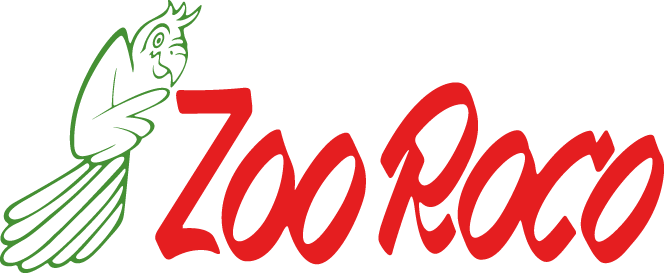

CHF 8.90
Stock: 0
Available in 1-3 days, acquisition time 14 days

Hemianthus callitrichoides Cuba (Zwerg - Perlkraut)
| max. Wuchshöhe | 3 - 5 cm | Herkunftsland | Mittelamerika |
|---|---|---|---|
| Eignung | NanoCube, Aquascaping, Gesellschaftsaquarium | Typ | Ausläufer |
| Familie | Scrophulariaceae | Gattung | Hemianthus |
| Vermehrung | Teilung | Wuchsgeschwindigkeit | mittel |
| pH | 5 - 8 | Wasserhärte | 0 - 20 °dh |
| Hinweise | |||
Das Kubanische Perlenkraut wurde erst vor einigen Jahren in einem Bach auf der Insel Kuba entdeckt. Wegen den nur wenigen Millimeter großen Blättchen gilt dieser Hemianthus als kleinste Aquarienpflanze der Welt. Hinsichtlich der Wasserwerte ist das Perlenkraut sehr anpassungsfähig; wichtig sind jedoch eine sehr gute Beleuchtung und eine gute CO2-Versorgung. Die emers gezogenen Pflanzen werden in kleine Stücke geteilt und portionsweise eingepflanzt. Innerhalb weniger Wochen entsteht so ein dichter Teppich im Vordergrund. Eine Aquariengestaltung zusammen mit einer Steinlandschaft wirkt sehr dekorativ und natürlich.
| Aquarium: | Community aquarium, Landscape/Aquascaping, Nano Aquarium |
|---|---|
| Genus: | Hemianthus |
| Growth: | medium |
| Origin: | South and Central America |
| Properties: | Stem plants |
| Stand: | In the foreground |
2 of 2 reviews
5 out of 5 stars
Login
20 January 2024 15:08
sehr zu frieden
Ich feind die Pflanzen schön als Bodendecker. Ich würde es immer wieder kaufen.
11 February 2019 11:40
gute Qualität
gute Qualität
Customers also bought
Similar products
Customers also viewed





















